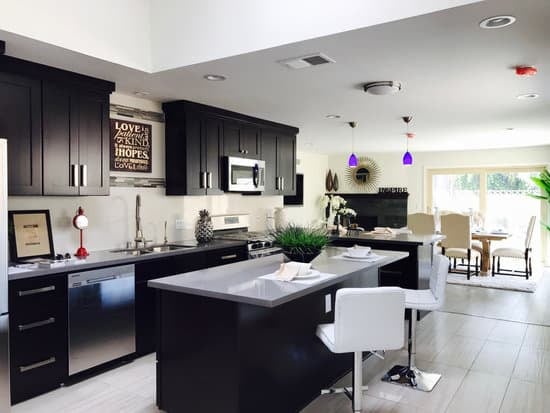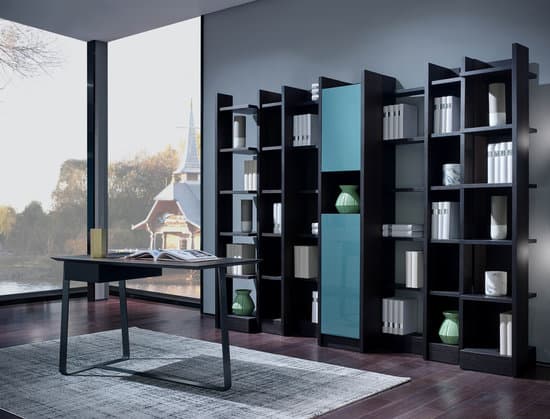If you’re looking to bring a touch of serenity and simplicity into your home decor, incorporating Japanese interior design can be an excellent choice. This design style values natural materials, minimalism, and balance. Here are some ways to achieve this aesthetic:
Use Natural Materials and Textures – Incorporating materials such as bamboo, wood, and stone can add a calming natural element to your decor. Textures such as woven fabrics and tatami mats can also bring a sense of warmth to the space.
Utilize a Neutral Color Palette – Japanese interior design typically features neutrals such as beige, white, and black, which can help create a peaceful and balanced atmosphere.
Bring the Outdoors Inside – Adding greenery or incorporating outdoor elements such as water features or rocks can evoke a sense of tranquility and harmony with nature.
Reduce ‘Noisy’ Clutter – Japanese design is all about simplicity, so it’s essential to declutter and keep surfaces minimalistic. Instead of showcasing many small items, opt for a few meaningful pieces.
Display Symbolic Decor – In Japanese culture, certain symbols have significant meanings. Including decor such as a tatami mat or a bonsai tree can add cultural significance to your space.
Integrate Simple Furnishings – Furniture pieces such as low coffee tables, floor cushions, or a futon bed can add to the minimalistic feel of Japanese design.
Feature WASHI Paper and Room Dividers – Paper screens can serve as both decorative and functional elements in a space. They can be used to divide a room or used as a backdrop for decor.
By incorporating these elements into your home, you can achieve a serene and calming environment inspired by Japanese design.
Japanese interior design is a timeless aesthetic that has been celebrated for centuries. There are several key elements that define this style, including a focus on natural materials and textures, an emphasis on simplicity, and a preference for minimalist design. Incorporating Japanese design principles into your home can help create a calm and tranquil space that promotes relaxation and mindfulness. In this article, we’ll explore some key ways to incorporate Japanese interior design into your home, including the use of natural materials and textures, a neutral color palette, bringing the outdoors inside, reducing clutter, adding symbolic decor, simplifying furnishings, featuring WASHI paper, and using room dividers for style and function.




















